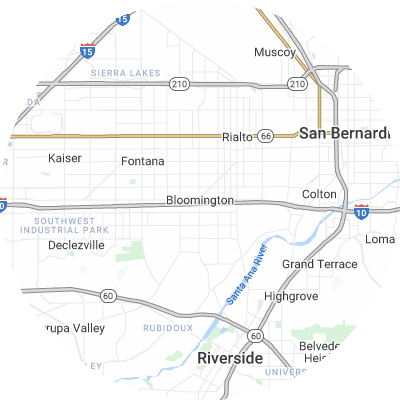Signs You May Need Gutter Guards
Gutter guards aren’t always needed, but indicators of overflowing and clogged gutters are clear. Here are some signals of chronic gutter issues:
- Soggy ground or visible erosion around your house's foundation
- Mold growth, interior wall stains, or peeling exterior paint on walls near gutters.
- Frequent clogs that cause overflow and water to spill over gutters
- Visibly saggy, damaged, or misaligned gutters that no longer direct rainwater correctly
- Leaky joints or seams where water leaks out of gutters
How To Choose a Gutter Guard Installer
Assess Their Experience
Providers with years of gutter guard installation experience that have worked with various styles and models will know how to take accurate measurements and attach guards to your home’s unique dimensions. Contact these providers to get details regarding their experience and ask for local references.
Verify Proper Licensing and Insurance
Make sure that any providers you're considering are properly certified, bonded, and insured, holding both workers compensation and general liability protection. This protects you from liability for possible injuries and accidents. Request current licensing and insurance papers from any potential providers.
Choose Reputable Brands
Seek out companies that provide tenured and trusted gutter guard brands such as LeafFilter and Gutter Helmet. Be wary of companies that only carry generic no-name or their own off-brand guards, as these likely lack the rigorous testing of larger brands.
Seek Custom Fit Services
For the best performance, guards should be measured and cut on your property to fit your gutters. Choose a company that takes specific measurements and does custom cutting for guards for your home rather than using one-size-fits-all guards. Correctly fitted guards won't have any gaps where debris can get trapped.
Examine Warranties
Leading gutter guard installers often offer 20-year or lifetime warranties covering rust, clogs, leaks, and other issues. When selecting a company, look into the warranty details for both workmanship and materials guarantees. Warranties offer the most effective protection for your gutter investment.
Check Reviews and Referrals
Be sure to check online reviews on Yelp, the Better Business Bureau (BBB), Google Reviews, and other review sites to read about customer experiences. Ask neighbors to recommend quality local gutter guard companies. When researching providers, it's best to select companies with a track record of consistently good feedback instead of just one or two reviews.
Types of Gutter Guards
There are six most common gutter guard types. These include the following:
- Brush guards are what they sound like: large brush bristles that sit in your gutters and let water through while blocking debris. On average, you can expect to spend $4.03 per linear foot for brush guards.
- Foam guards are light and easy to install. The foam collects debris and keeps it out of your gutter. On average, you can expect to spend $2.45 per linear foot for foam guards.
- Screen guards have large holes that let water through while stopping debris. On average, you can expect to pay $4.04 per linear foot for screen guards.
- Mesh guards have smaller holes than screen guards and similarly catch debris while allowing water to flow through. They are durable and encourage debris to slide off rather than sit on top of your gutters. On average, you can expect to spend $3.87 per linear foot for mesh guards.
- Micro-mesh guards are usually the most effective. They have smaller holes than regular mesh guards and let even less debris through. Micro-mesh guards cost roughly $4.96 per linear foot.
- Surface tension guards, sometimes called reverse curve guards, use surface tension to let debris slide off while water flows through into the gutter. They can typically be seen from the ground. On average, you can expect to spend $2.99 per linear foot for surface tension guards.














